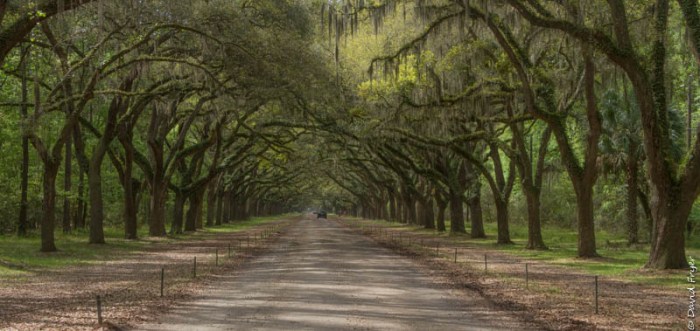
Savannah, Georgia is a lovely with a long and storied history. We have visited this beautiful city on numerous occasions and have taken in its charming parks, its antebellum buildings, and its historic warehouse district along the Savannah River. During previous visits, we toured the famous Cathedral Basilica of St. John the Baptist and the SCAD Museum of Art and enjoyed a shrimp boil at the Savannah Seafood Shack and delicious ice cream at Leopold’s along Broughton Street. This time we decided to explore a couple of places that were “off the beaten” path and were near Skidaway Island State Park.

James Oglethorpe received a charter to establish a colony somewhere between Florida and the Carolinas. In 1733, Noble Jones was one of the English colonists who arrived with Oglethorpe in Georgia. Mr. Jones served as a surveyor, physician, treasurer, and carpenter in this newly established colony. In 1736, he leased 500 acres on the Isle of Hope from the colony’s Trustee. On this property near Skidaway Island, he called his estate “Wormslow” but later his great grandson changed the spelling to “Wormsloe.” The year following the purchase of the land, Mr. Jones built a fortified tabby home overlooking a major waterway along the Georgia coast. This house, along with other placed along the coast, served to protect Savannah from Spanish attacks. In 1756, he received a royal grant to the property. Today the remaining structures are some of the oldest in the area. The Jones family donated 822 acres to the Nature Conservancy and subsequently they sold it to the State of Georgia.
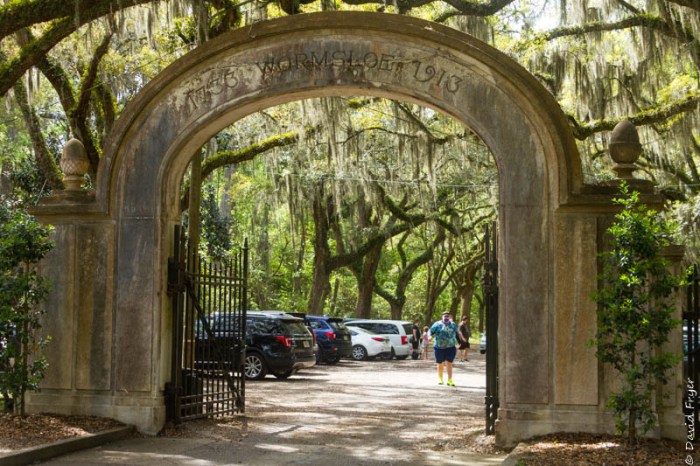
When you arrive at Wormsloe State Historic Site, you are greeted by a large stone masonry arch with two dates engraved on it: 1733, the year Noble Jones arrived in Savannah, and 1913, the year the arch was placed at the entrance to the estate.
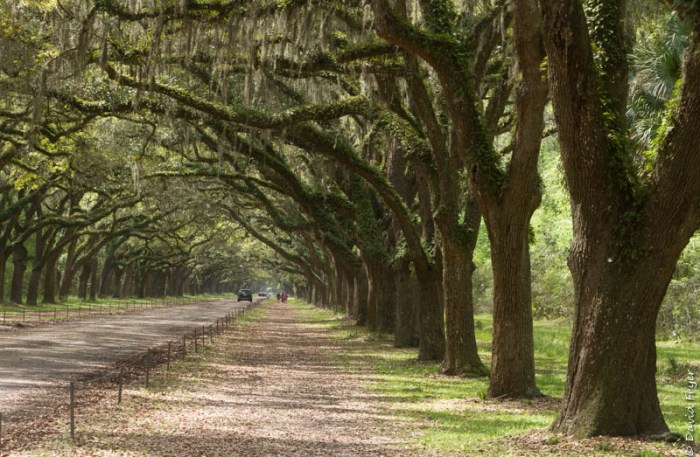
Beyond the stone arch is a 1.5 mile road leading into the estate. In the early 1890s to celebrate the birth of his son, Wymberley Jones De Renne planted more than 400 live oaks on both sides of the road. This natural arch is very picturesque and is a wonderful way to welcome visitors to this Historic site.
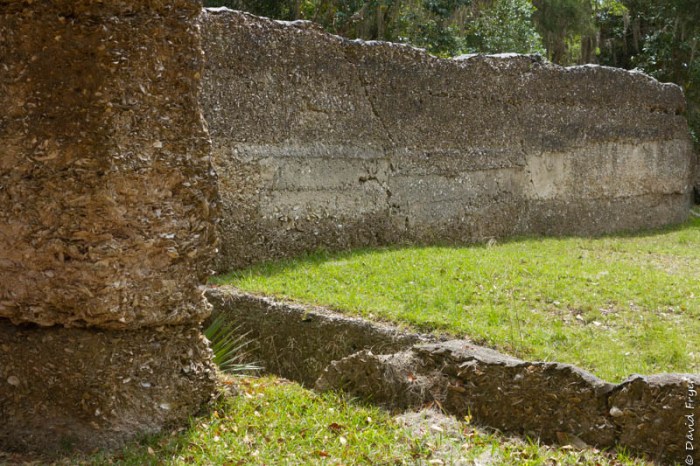
After a quick visit to the Museum, we moseyed down one of the trails to the site of Jones’ tabby home. Designed to protect as well as to house the family, it took more than 6 years to build it. The house was made of tabby which is a mixture of lime, sand, oyster shells, and water. This five room house was 1.5 stories tall and was larger than most of the dwellings in Savannah. It was designed with windows across from the entrances so that you could fire on the enemy should they show up at your door. Today, only remnants of this fortified structure remain.
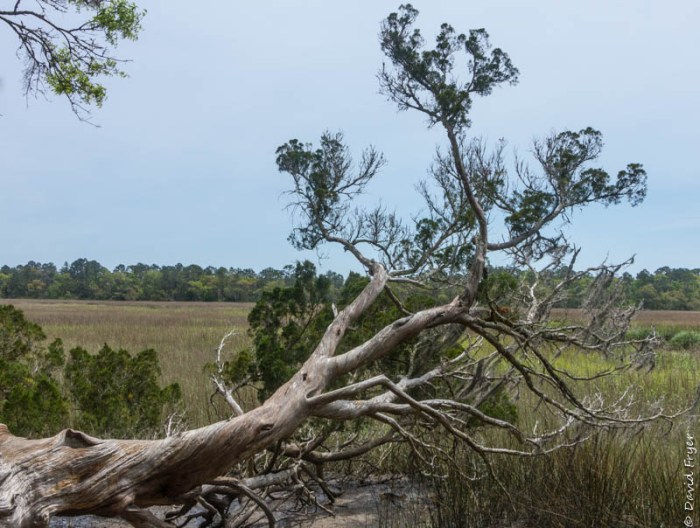
Noble Jones served as the Commander of Georgia’s Northern Company of Marines. Tasked with protecting the waterways south of Savannah, they patrolled the area with boats that were located at Wormsloe, Pigeon Island, and Skidaway Island.
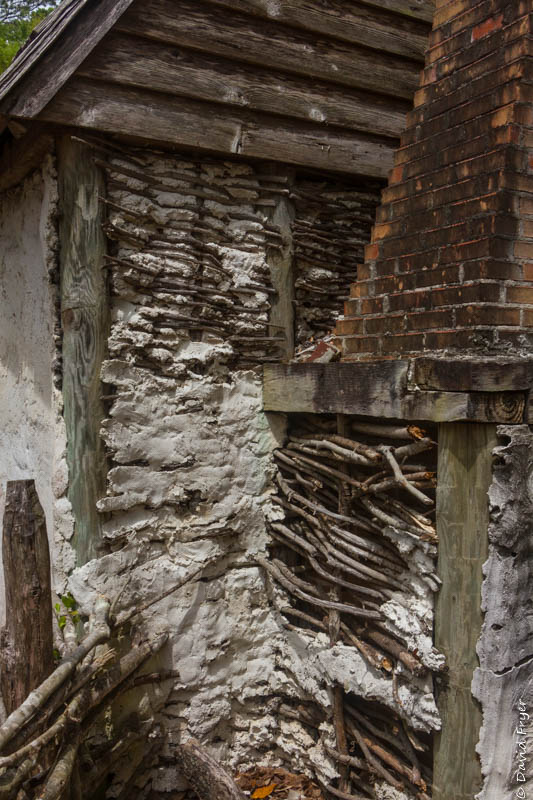
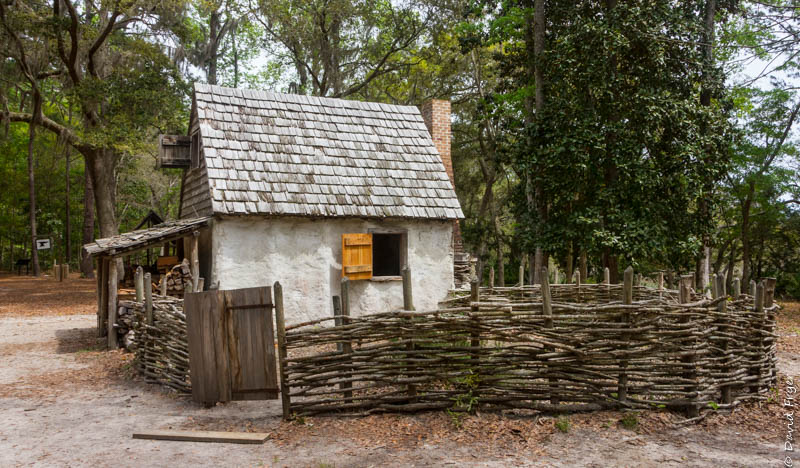
The marines and indentured servants lived in small wattle and daub huts during the Colonial Period. These huts were one room structures with a sleeping loft and a fireplace for cooking and heating. You can visit a replica of one of the huts at Wormsloe.
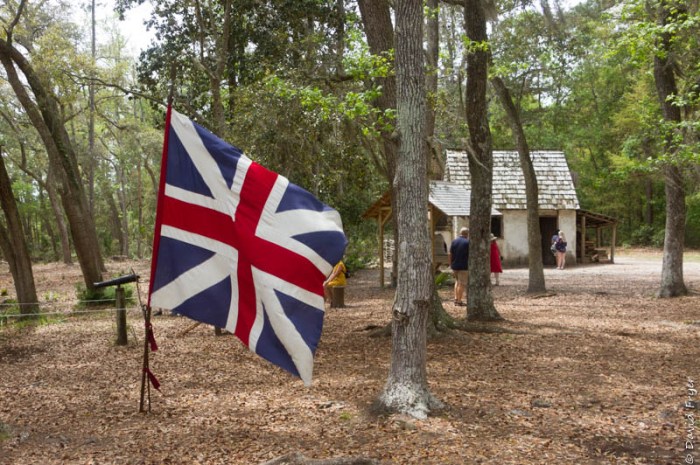
In addition to these Colonial buildings, there is an observation deck that provide good views out across the marshes of Jones’ Narrows. There are also several other trails throughout the site.
Another reason that the visit to Wormsloe was special for us was because we went with our friends, Dianne, Gary, and Abbey. Thanks to them this experience was even more memorable.
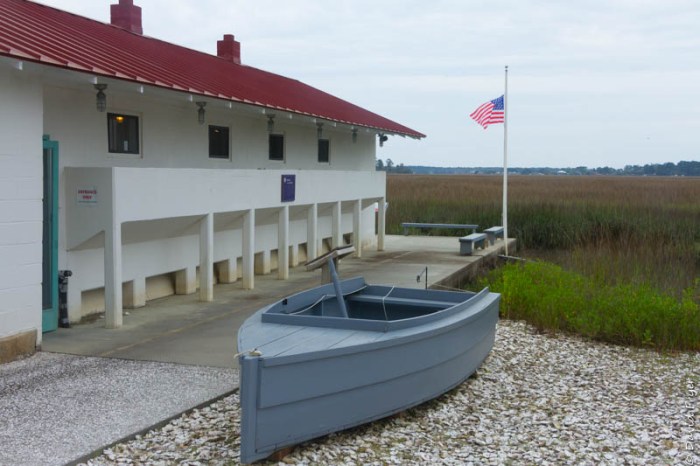
Pin Point Heritage Museum was an unexpected discovery. Nestled along the Moon River (made famous by Johnny Mercer), this Gullah/Geechee community has been living in these marshlands for over 100 years. The Geechee people are descendants of slaves brought to North Carolina, South Carolina, Georgia, and Florida from Central and West Africa. After being freed, many of them worked on the indigo plantations on the Georgia sea islands. In 1896, a group of African freedmen learned that there was land for sale and they purchased it. This tract of land was part of the Beaulieu Plantation that was seized after the Civil War. Because the land was on the salt marsh, it was not very desirable and it was sold at a reasonable price. After the purchase, they began building their own homes. To support themselves, they relied on fishing, crabbing, and oystering. The Pin Point residents had their own language, Gullah, and, because there was only one road in and out of the community, they remained very isolated for many years. The Gullah/Geehee people took care of one another and managed to build their lives there.

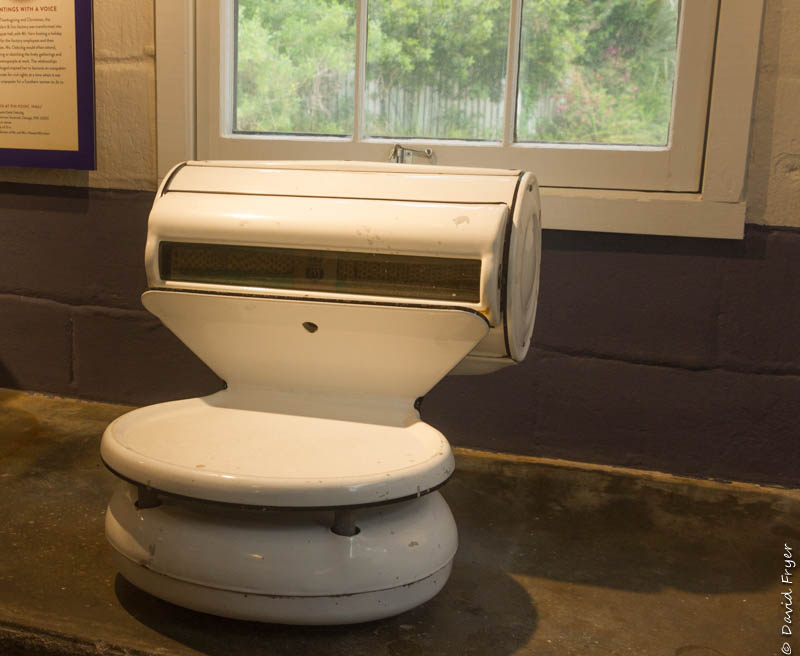

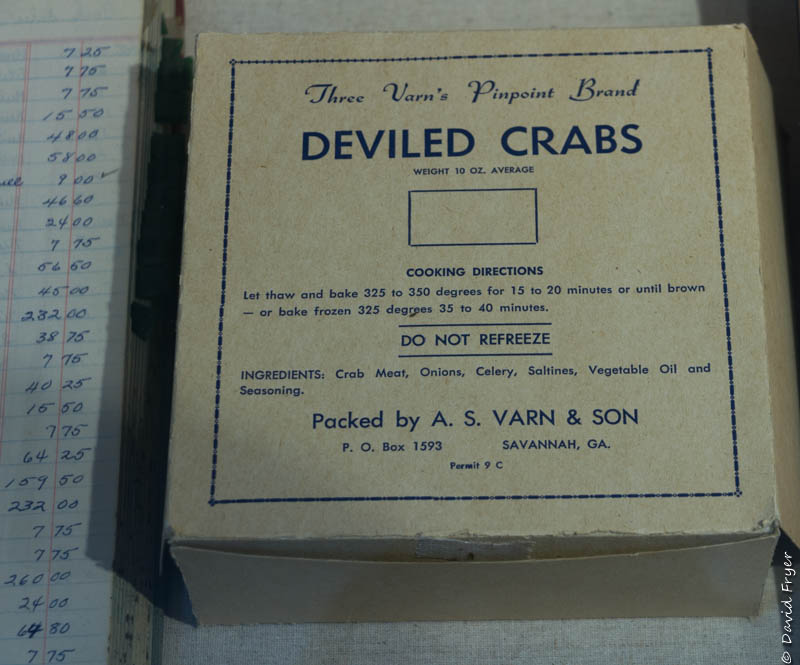
In 1926, A. S. Varn and his son opened up an Oyster and Crab Factory in Pin Point that employed the vast majority of the people living there. All of the family members, including the children, played a role in the Factory’s success. Men went our in the uniquely designed bateaus and harvested oysters in winter and crabs in summer. The women then shucked the oysters and boiled the crabs and picked crab meat. The children also picked crab meat from the claws and did odd jobs after school. It was truly a family affair. Mr. Varn paid the workers well and looked out for the Gullah/Geechee families. To this day, the residents speak very highly of both Mr. Varn and his two sons.
For more than 60 years, the A. S. Varn Factory canned and shipped seafood to some of the finest restaurants on the East Coast. When the factory closed in 1985, many in the community were forced to leave to find employment. Some remained in Pin Point and many have returned to this sacred place over the years. Today there are about 300 residents in Pin Point.
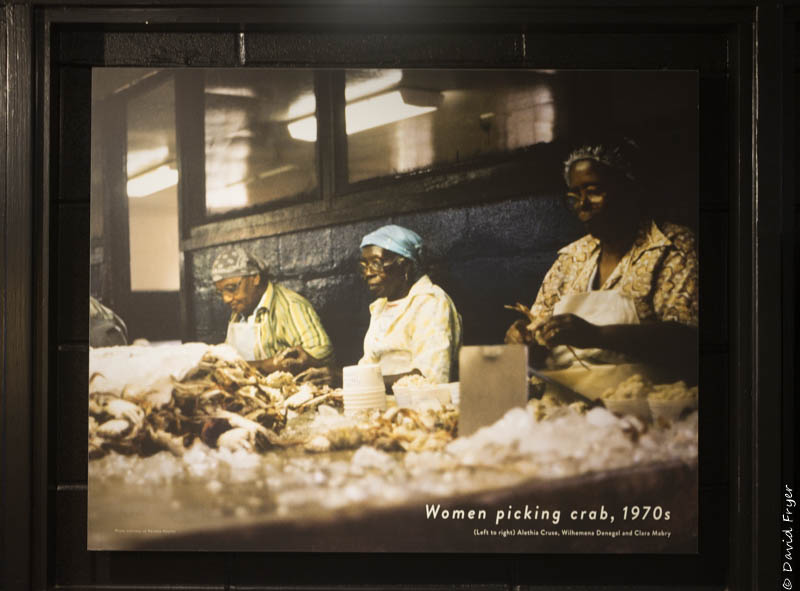

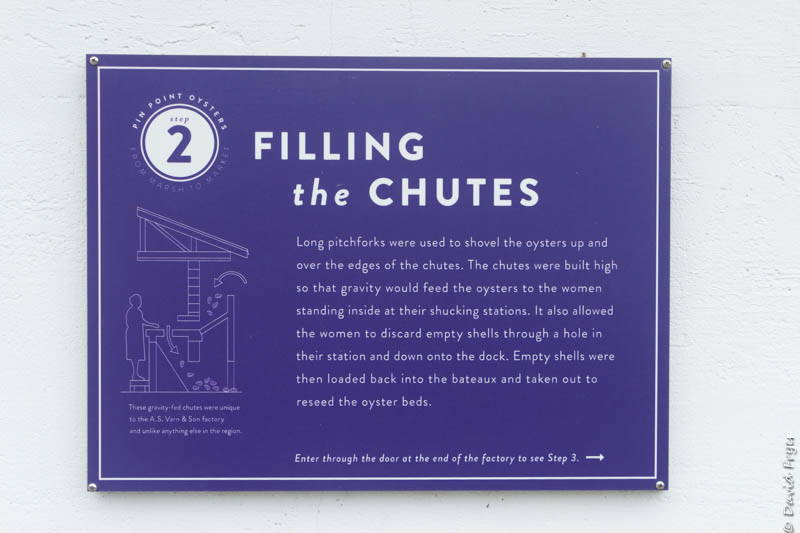

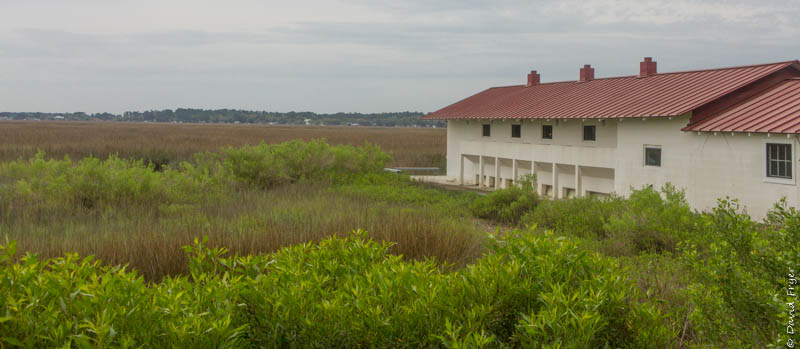
The Pin Point Heritage Museum is located on the site of A. S. Varn’s Factory. There are four recently restored building there: the Oyster Factory, the Picking and Cooling House, the Deviled Crab House, and the Company Store and Crab Boiling Pavilion. Each area documents the processes of the seafood factory but also provided information about the Gullah/Geechee people who lived and worked there.
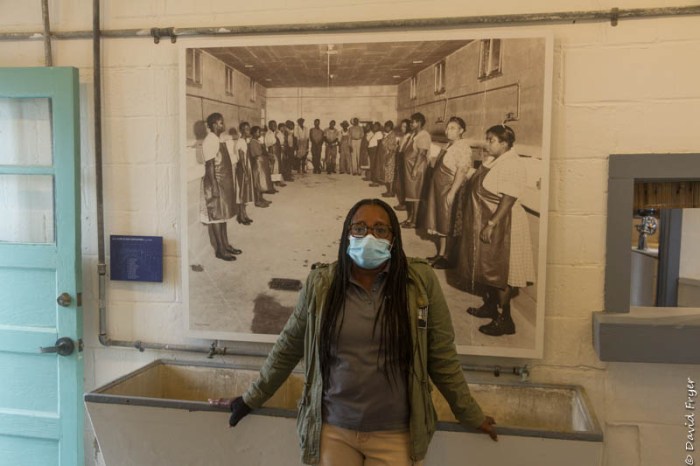
The Museum has an informative introductory video and they also offer tours. The unique thing about the tours is that current members of the Gullah/Geechee community serve as guides and share their first hand experiences with visitors. Our tour guide was Gail Smith and she recounted her memories of picking crab, school and church life, and community life in Pin Point. A few of the things that she told us were that children always showed respect to their elders. If they did not, details of the incident would get back to their parents before the children even returned home. The children would have to go and apologize to the person that they had offended or disrespected. Church and religious activities were central to life there and they would play music and sing as they made their way together to the church building for services. They also had a good baseball team in the community and they won against other nearby teams. There were many other fascinating insights that Gail shared with us as we toured this small museum.
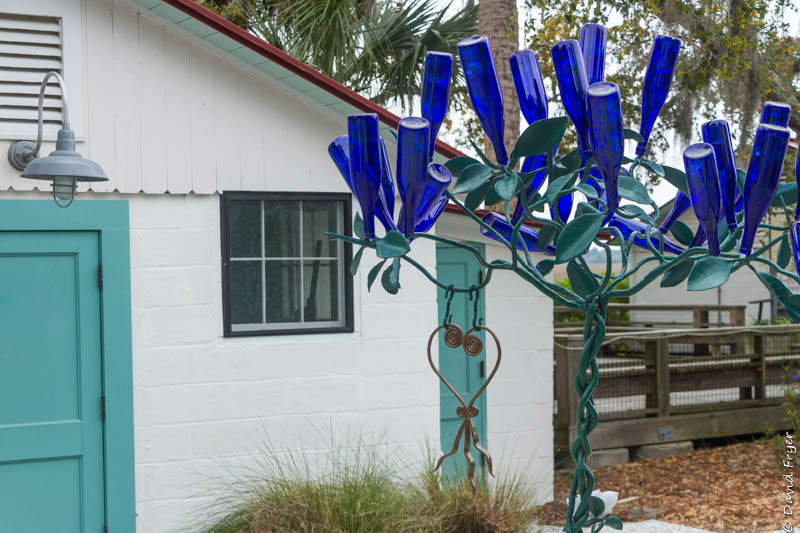
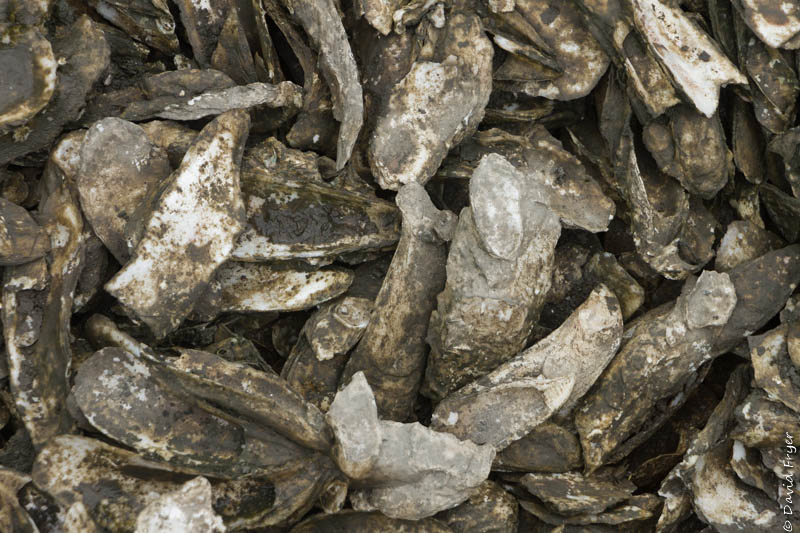

Clarence Thomas, one of the current Supreme Court Justices, and his family are long time residents of Pin Point. The Gullah/Geechee community is understandably very proud of the success of their native son.
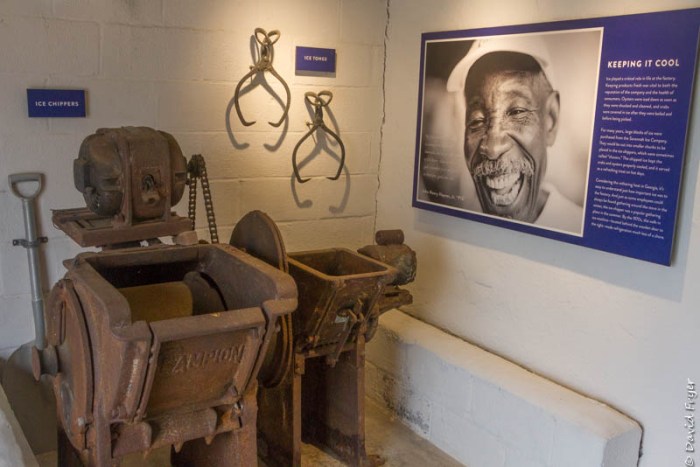
We found both the Wormsloe State Historic Site and the Pin Point Heritage Museum to be very interesting historic sites. We are glad that we made the time to visit them.
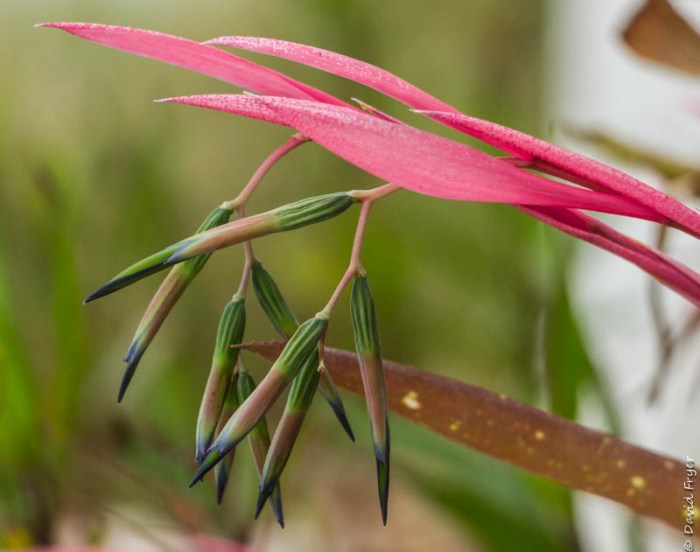
Thanks for this post about two wonderful historic places to visit in Savannah. Your beautiful photos remind me I should go back and visit them again.
LikeLiked by 1 person